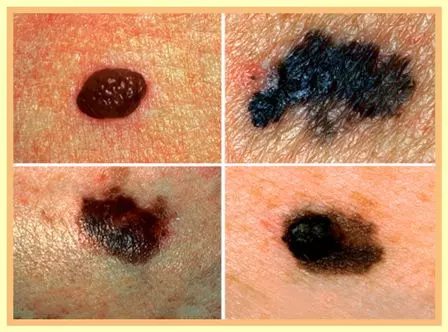There are many possible causes of melanoma, but the most important factor is exposure to ultraviolet (UV) radiation from sunlight or tanning beds. People with a history of sunburns, especially those who experience burns before age 18, have an increased risk of developing melanoma. Other risk factors for melanoma include:
-A family history of the disease
-A personal history of melanoma or other skin cancer
-A large number of moles on the body
-Weakened immune system
If melanoma is recognized and treated early, it is almost always curable, but if it is not, cancer can advance and spread to other parts of the body, where it becomes hard to treat and can be fatal. While it is not the most common of skin cancers, it causes the most deaths.
There are three main types of treatment for melanoma:
-Surgery. Surgery is the most common treatment for melanoma. The goal is to remove the cancerous tumor along with a margin of healthy tissue around it. Depending on the size and location of the tumor, this might be done with a scalpel or with lasers.
-Radiation therapy. Radiation therapy uses high-powered beams of energy to kill cancer cells. It is sometimes used after surgery to kill any cancer cells that might remain. It can also be used to relieve pain in people who have advanced melanoma.
-Chemotherapy. Chemotherapy uses drugs to kill cancer cells. It is often used in combination with other treatments, such as surgery and radiation therapy. Chemotherapy can also be used to relieve pain in people who have advanced melanoma.
The American Cancer Society estimates that at present, about 120,000 new cases of melanoma in the US are diagnosed in a year. In 2010, about 68,130 of these were invasive melanomas, with about 38,870 in males and 29,260 in women.
The CC treatment has shown benefits in the treatment of melanoma and skin cancer. This cream-based therapy is applied topically to the skin and uses highly bio-available zinc and copper minerals, which have natural anti-tumor and anti-cancer properties.
The CC Treatment is a safe, non-invasive way to treat melanoma and other skin cancers without surgery, chemotherapy, or radiation.

